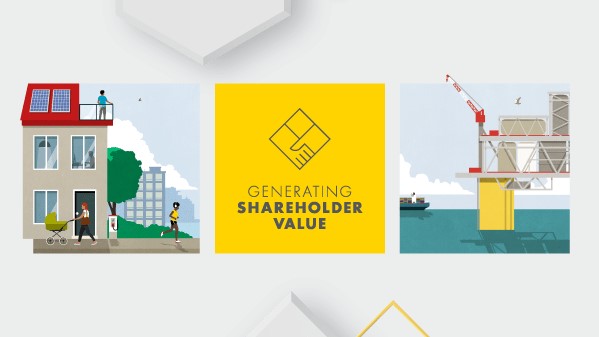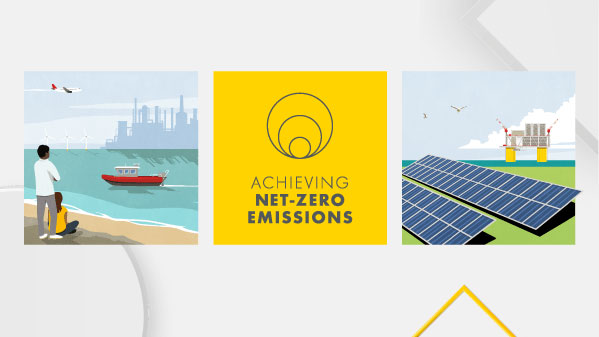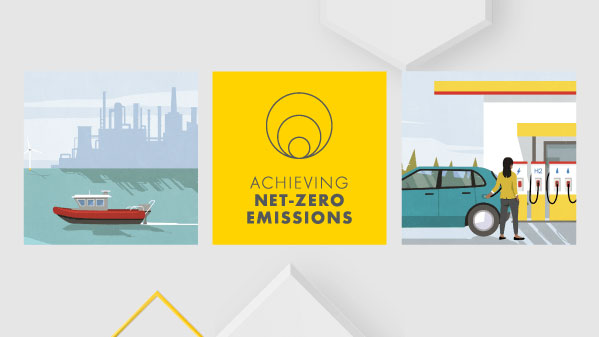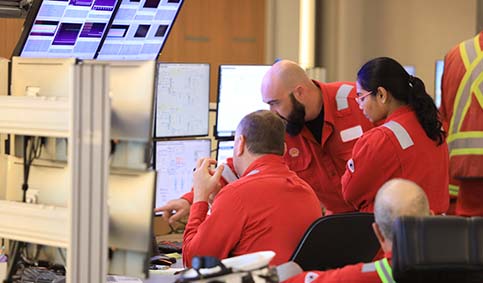Norway
Employees
435
Total tax contribution
$2,308,091,188
Taxes borne
$2,137,740,184
Taxes collected
$170,351,004
-
Third-party revenues
$853,611,984
-
Related-party revenues
$6,326,769,750
-
Total revenues
$7,180,381,733
-
Profit before tax
$3,854,341,177
-
Corporate income tax paid
$2,122,755,297
-
Corporate income tax accrued
$2,770,397,689
-
Stated capital
$66,239,578
-
Accumulated earnings
$1,648,269,644
-
Tangible assets
$878,971,759
-
Other payments to governments
$5,597,929,800
Shell's footprint
Shell has been present in Norway since 1912. The main activity of A/S Norske Shell is the exploration and production of oil and gas on the Norwegian continental shelf. Shell operates one field in Norway: Ormen Lange (Shell interest 17.8%). In 2022, the Shell-operated Knarr field (Shell interest 45%) reached the end of its life and is now being decommissioned. Norske Shell's production consists almost exclusively of natural gas from Ormen Lange and the Equinor-operated Troll field (Shell interest 8.1%). Together, these two fields produce more than 40% of Norway's total gas exports. Norske Shell is a partner in the Northern Lights carbon capture and storage project and is active in offshore wind power and hydrogen.
Country financial analysis
The statutory corporate income tax rate in Norway is 22%. In addition, there is a tax on the production and transport of petroleum from the Norwegian continental shelf. Up to and including 2021, the rate of this additional petroleum tax was 56%, taking the total tax rate in Norway to 78%. From January 1, 2022, the additional petroleum tax was increased to 71.8%. However, corporate income tax paid (at 22%) is now deductible against this additional tax. Although the petroleum tax rate was increased, the deductible portion means that the effective tax rate for the additional petroleum tax remains at 56%.
Taxes are paid in instalments, with half due within the year in which income arises and the other half and final assessment in the year thereafter. The corporate income tax paid figure in the table includes petroleum tax payments for 2021 and 2022. The increase in revenues reflects the considerably higher global energy prices in 2022. Our Payments to Governments Report for 2022 shows that Shell paid around $5.6 billion in production entitlements and fees.
Read more in Total tax contribution and in Payments to Governments Report(shell.com/payments-to-governments).










